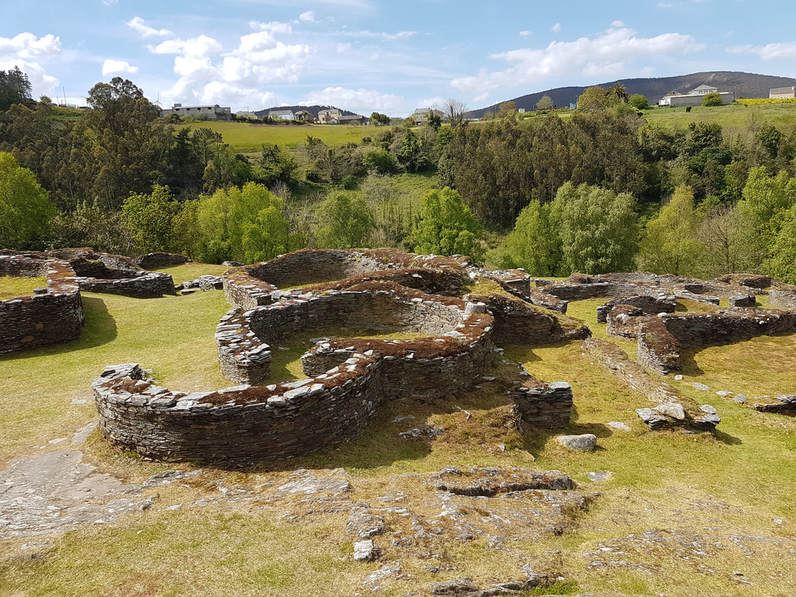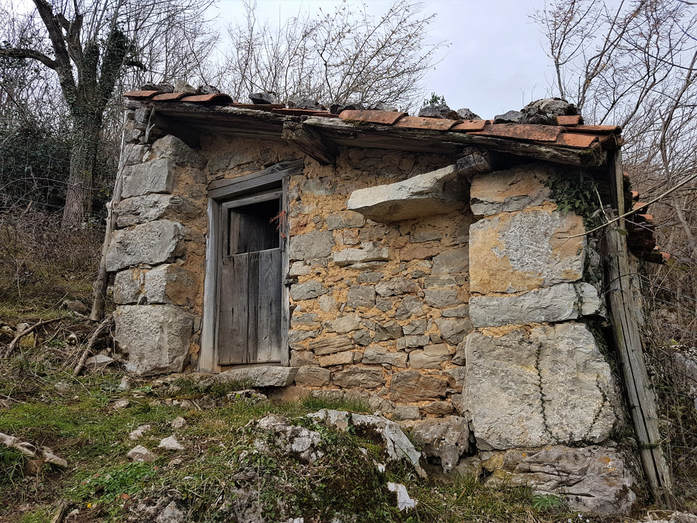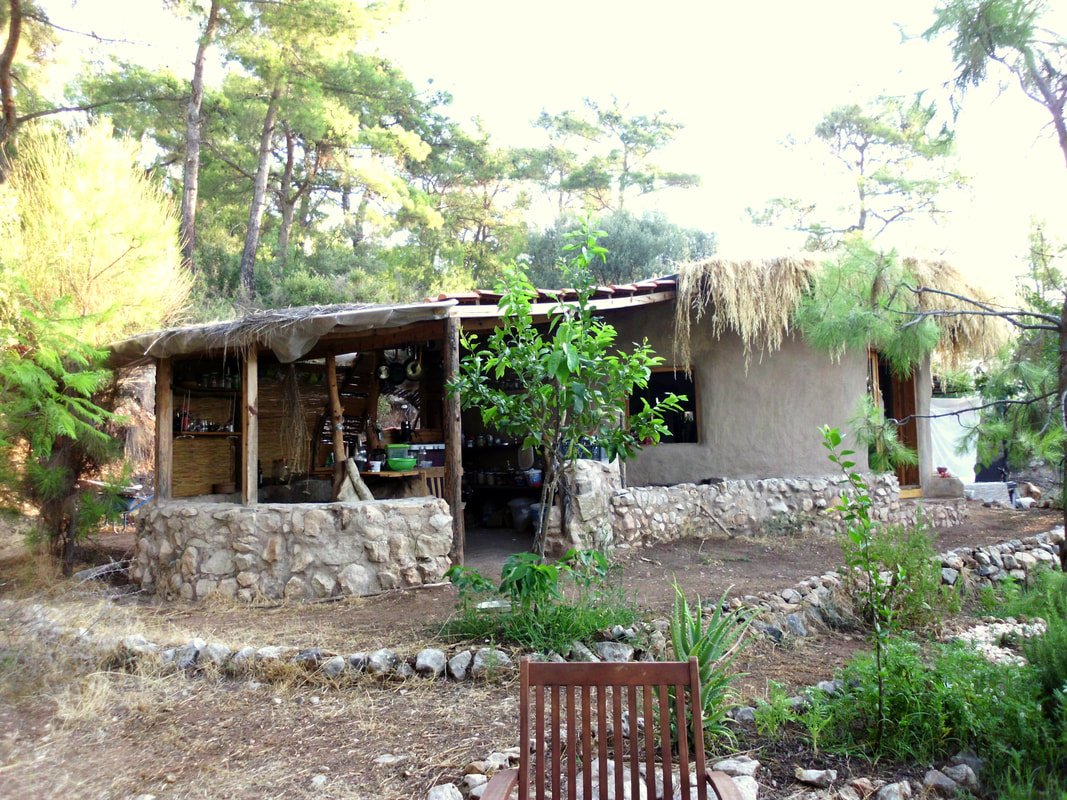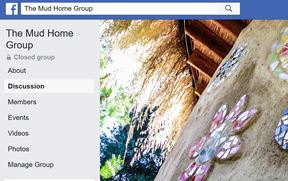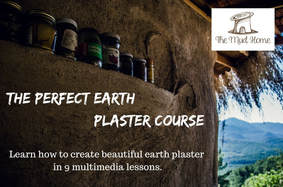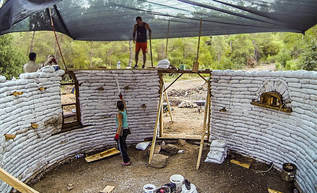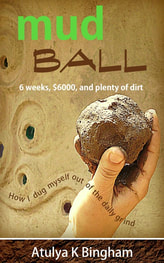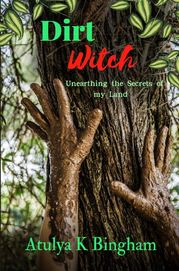Join my free
earth plaster mini course
Earth plaster and mud mortar are so fun, beautiful and inexpensive. But they can be trickier than they look.
Sign up for my free earth plaster mini course to start off on the right foot.
Sign up for my free earth plaster mini course to start off on the right foot.

